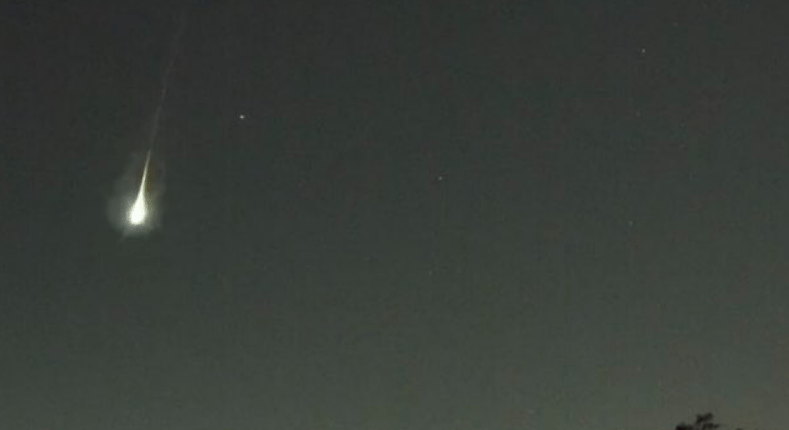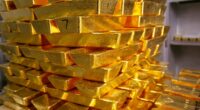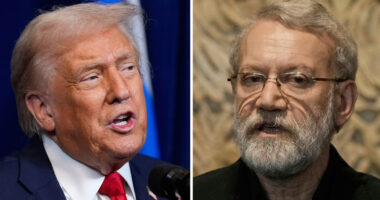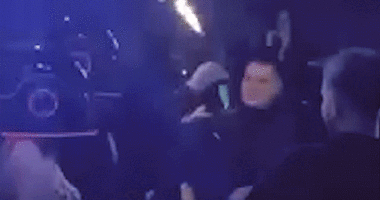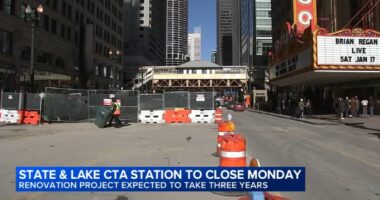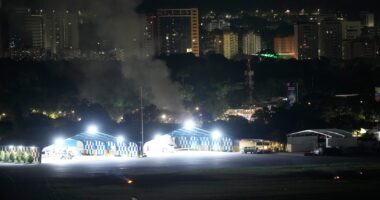Share this @internewscast.com
A BLAZING fireball lit up the skies over Australia before a deafening bang rattled homes and sent social media into meltdown.
Just before 8pm on Sunday, residents of Victoria reported seeing a flash of intense light followed by a powerful boom, suspecting it to be a meteor.
One shocked witness wrote on social media: “Just saw something fall from the sky near Daylesford and a huge bang. Never felt anything like it.”
Another claimed: “Hubby saw a red light falling, followed by a loud bang! The house was shaking.”
A driver expressed that they were startled to the point of fear when a red streak of light appeared above them, while someone else humorously speculated that the sound might’ve been a wombat crashing into a gate as a heavy possum scampered over the roof.
Dashcam videos shared online display the meteor’s dazzling path crossing the Melbourne sky around 8.30pm, where it flared up brilliantly before fragmenting into a burst of white light.
One particular clip, marked at 7.49pm, shows the fireball streaking over Victoria, casting a bright glow over the area briefly, before vanishing – just before locals reportedly heard the loud noise.
Michael Brown, an associate professor at Monash University’s school of physics and astronomy, suggested the noise might have been a sonic boom, which indicates the meteor might have come quite close to the Earth.
He noted: “That’s unusual and quite fascinating, because if those accounts are correct, what they likely heard was the meteor’s sonic boom.”
“To be able to hear the sonic boom loudly from the ground suggests that quite a big chunk of the meteor was pretty close to the ground.
“And that possibly means there’s chunks of the meteorite actually made it down to the ground and optimistically, might be found.”
But finding them will be no small task.
“They’re not dangerous. They won’t be particularly hot or cold… but there’s a lot of rocks out there in rural Victoria, so trying to identify a meteor amongst them can be pretty tricky,” he said, adding any pieces would likely be just centimetres in size.
While the Perseid meteor shower is set to peak this week, astronomer Perry Vlahos said this was a “sporadic meteor” – a random rock from space not linked to any known shower.
“It burns out in the sky, way before hitting the ground, so it won’t be a meteorite… at this stage, we can only call it a meteor,” he said.
The event came just three days after Perth residents were wowed by another fiery visitor – a fist-sized cometary fragment slamming into the atmosphere at 21 miles per second.
That one burned up 42 miles above the ocean southwest of the city, with no fragments making it to the ground.
Experts say while these fireballs aren’t uncommon, ones bright enough to light up the sky and loud enough to shake houses are rare – and always get people talking.
Space experts say it’s not that more meteors hit Australia — it’s that the country is better set up to see, film, and recover them.
According to Curtin University’s Desert Fireball Network, Australia’s interior offers low–light, dry skies ideal for detection and adds a layer of recovery readiness in its sparse, open terrain, The Guardian reports.
Specialists also highlight Australia’s “virtually pristine” dark skies in its inland regions, plus a growing number of Dark Sky Places, as major reasons meteors are more visible here than in many other parts of the world.
